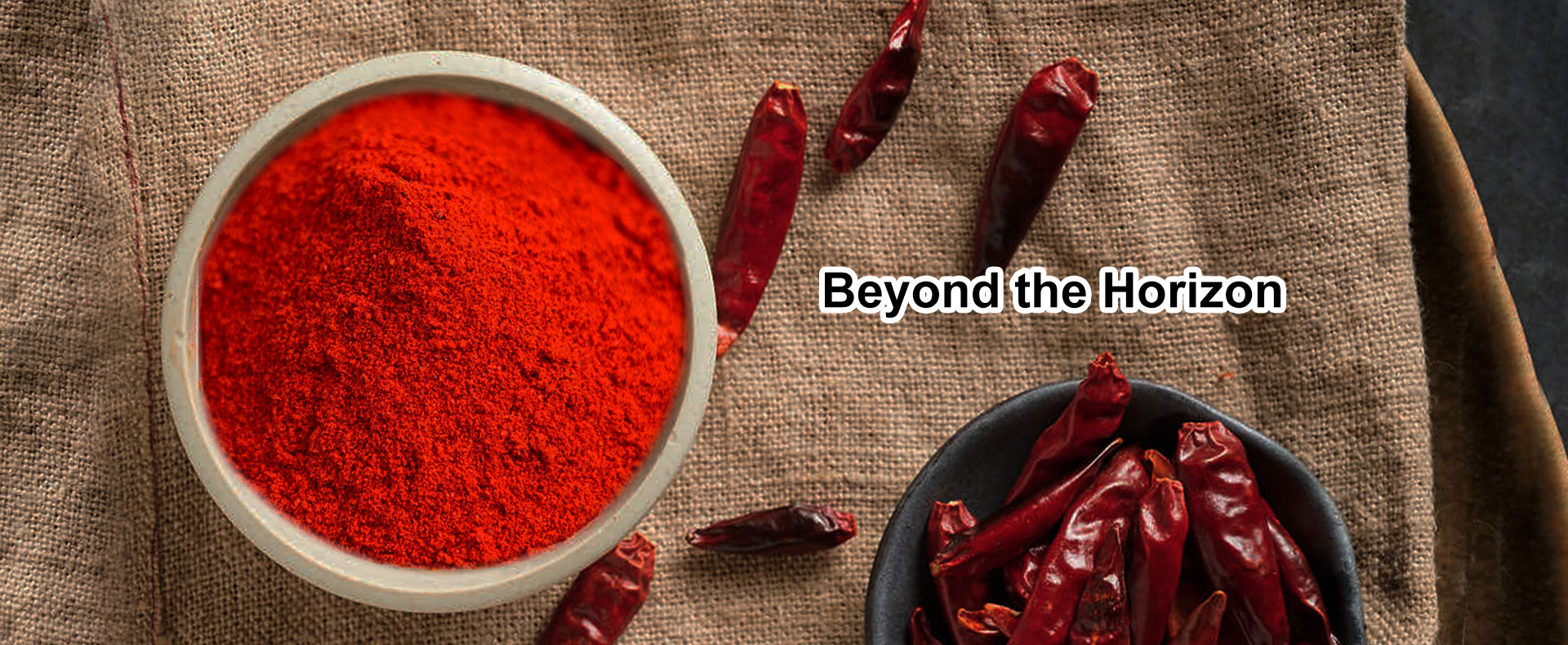- No. 268 Xianghe Street, Economic Development Zone of Xingtai city, Hebei 054001 China
- Byron@hbhongri.cn
paprika m
The Multifaceted Essence of Paprika
Paprika, a vibrant spice with origins that trace back to Central America, has traveled far and wide to become a beloved ingredient in cuisines around the world. Derived from the grinding of dried peppers, paprika comes in various varieties, each offering distinct flavors, ranging from sweet and mild to hot and smoky. This article explores the rich history, culinary applications, and health benefits of paprika, showcasing its multifaceted essence.
A Historical Journey
Paprika’s journey begins in the Americas, where chili peppers were first cultivated. After Christopher Columbus’s voyages in the late 15th century, the spice was introduced to Europe. Hungary, in particular, embraced paprika and transformed it into a national symbol, developing its own unique varieties that would later tantalize taste buds globally. The spice was not merely a culinary discovery; it became a significant aspect of Hungarian culture, celebrated through festivals and traditional dishes like goulash.
Culinary Applications
The versatility of paprika is unparalleled. In the culinary world, it serves as a cornerstone for many recipes. Sweet paprika, commonly used in stews and soups, adds a beautiful color and mild sweetness. Smoked paprika, infused with the essence of gently smoked peppers, brings depth and intensity to dishes. Even hot paprika finds its place in recipes, providing a fiery kick that elevates the heat without overpowering the other flavors.
Prevalent in Spanish, Hungarian, and Mediterranean cuisines, paprika enhances signature dishes such as paella, eggs benedict, and various tapas. Beyond traditional dishes, paprika’s adaptability makes it a favorite in modern fusion cooking. A sprinkle of paprika can transform roasted vegetables, grilled meats, or even popcorn into a gastronomic delight. Its vibrant red hue also plays a visual role, making meals more appealing.
paprika m

Health Benefits
Beyond its culinary significance, paprika boasts numerous health benefits. Rich in antioxidants, particularly carotenoids, it is known for its anti-inflammatory properties. The bright red color is a testament to its high levels of Vitamin A, essential for maintaining healthy vision and skin.
Moreover, paprika has been linked to improved digestion and cardiovascular health. The spice contains capsaicin, a compound that can help improve blood circulation and reduce certain types of pain. Therefore, incorporating paprika into your diet doesn’t merely enhance flavor; it can also contribute positively to your overall well-being.
Conclusion
Paprika is more than just a spice; it is a fascinating blend of history, culture, and health. From its ancient origins to its current status as a staple in global cuisine, paprika continues to inspire chefs and home cooks alike. Whether you prefer the sweet, mild flavor or the deep, smoky essence, paprika offers a world of culinary possibilities.
So, the next time you reach for this vibrant spice, take a moment to appreciate its journey—from the fields to your kitchen. Let paprika enrich your meals, adding warmth, depth, and a touch of historical flavor to your culinary creations. Embrace the multifaceted essence of paprika, and discover the ways it can enhance your cooking while nourishing your body and soul.
-
Turmeric Rhizome Powder: A Golden Treasure from Roots to TableNewsJul.28,2025
-
The Versatile Application Of Crushed Red Hot Peppers: Lighting Up The Red Flames On The Dining TableNewsJul.28,2025
-
The Paprika: A Touch Of Vibrant Red In Color, Flavor, And CultureNewsJul.28,2025
-
Ground Turmeric: A Modern Examination of an Ancient SpiceNewsJul.28,2025
-
Capsicum Liquid Extract: Features, Applications, and ChallengesNewsJul.28,2025
-
Application of Capsicum Liquid Extract in FoodNewsJul.28,2025







